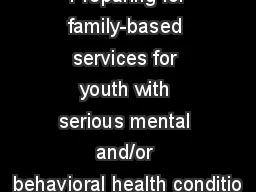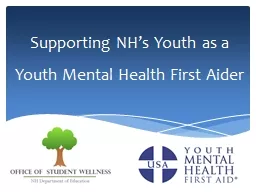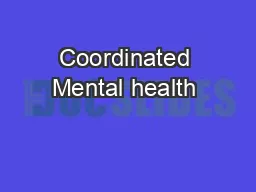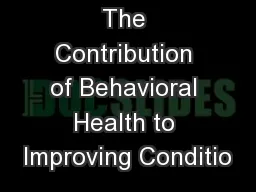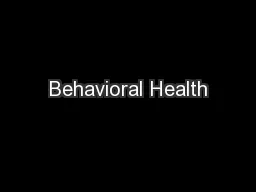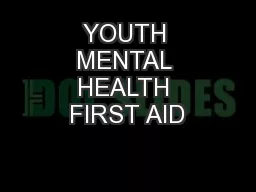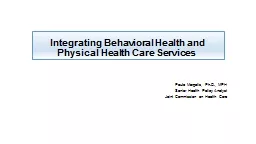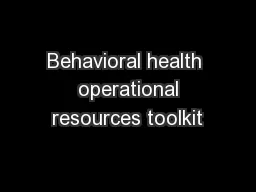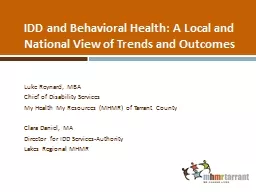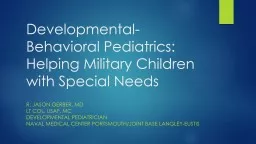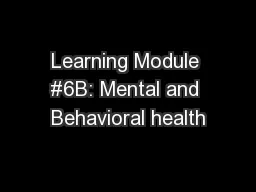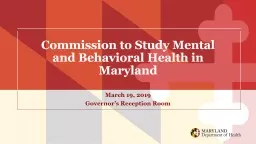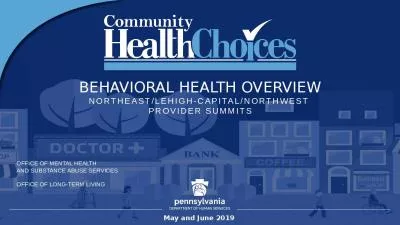PPT-Preparing for family-based services for youth with serious mental and/or behavioral health
Author : briana-ranney | Published Date : 2020-04-06
Family First Prevention Services Act FFPSA Prepared for the Family Focused Treatment Association Contact Laura W Boyd PhD National Public Policy Director FFTA lboydfftaorg
Presentation Embed Code
Download Presentation
Download Presentation The PPT/PDF document " Preparing for family-based services for..." is the property of its rightful owner. Permission is granted to download and print the materials on this website for personal, non-commercial use only, and to display it on your personal computer provided you do not modify the materials and that you retain all copyright notices contained in the materials. By downloading content from our website, you accept the terms of this agreement.
Preparing for family-based services for youth with serious mental and/or behavioral health: Transcript
Download Rules Of Document
" Preparing for family-based services for youth with serious mental and/or behavioral health"The content belongs to its owner. You may download and print it for personal use, without modification, and keep all copyright notices. By downloading, you agree to these terms.
Related Documents

